
Whale Sharks: The Giants with Unique Fingerprints
Whale sharks are often celebrated as the gentle giants of the sea — massive, slow-moving, and filter-feeding beauties that inspire awe wherever they go. But beyond their size and serene nature, there’s a fascinating hidden fact about these magnificent creatures that surprises even marine biologists: every whale shark has a unique pattern of spots — just like human fingerprints.
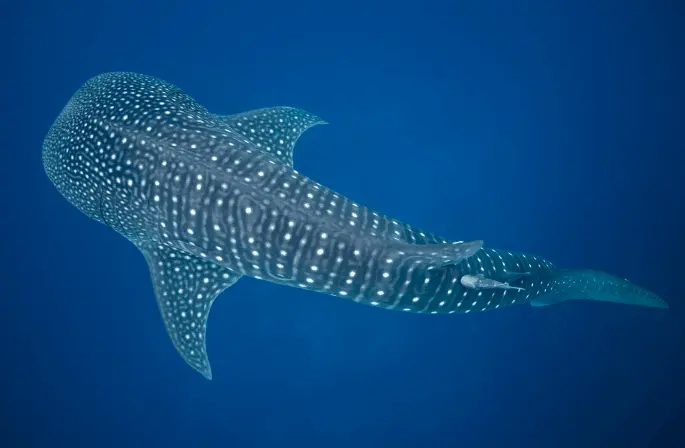
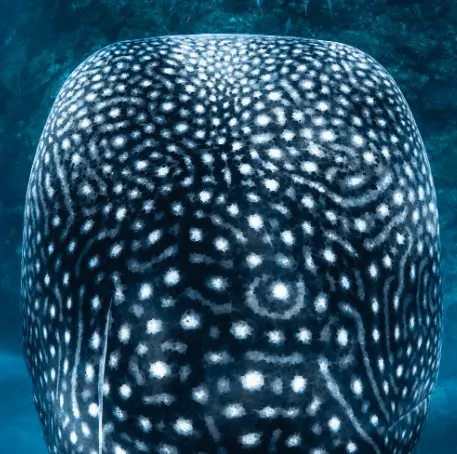

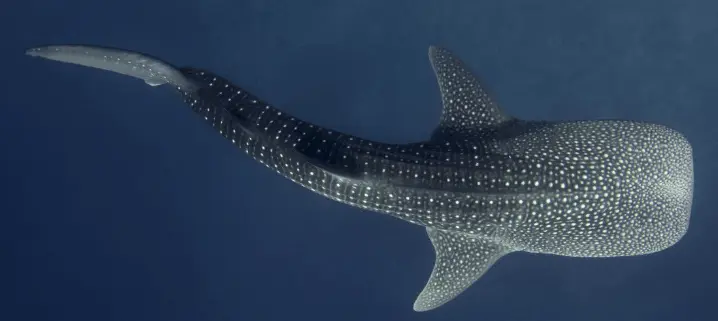


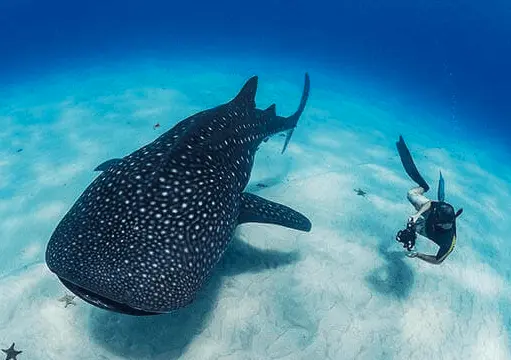
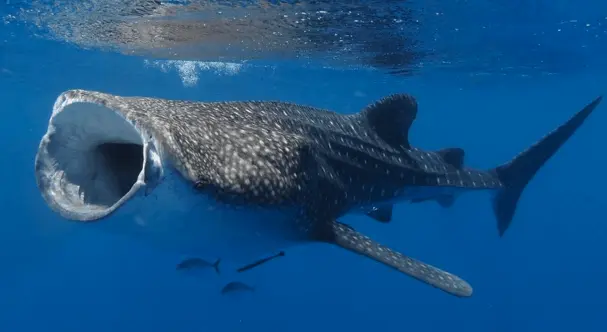
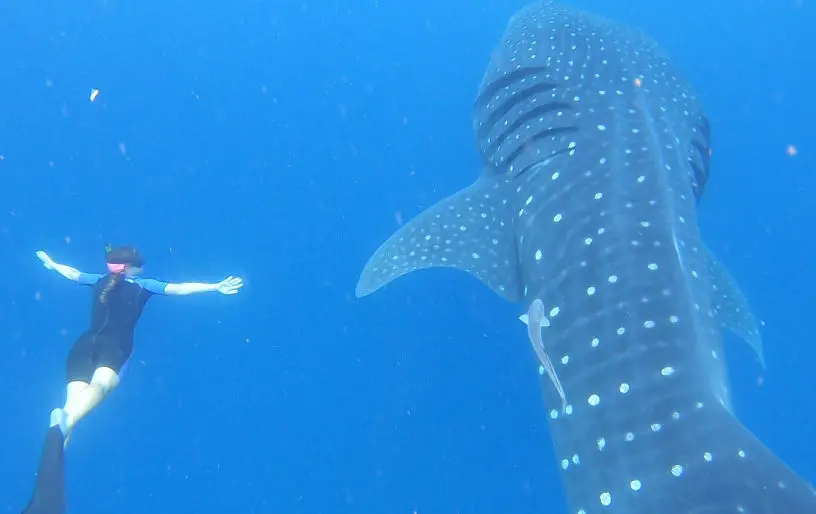

Follow Us